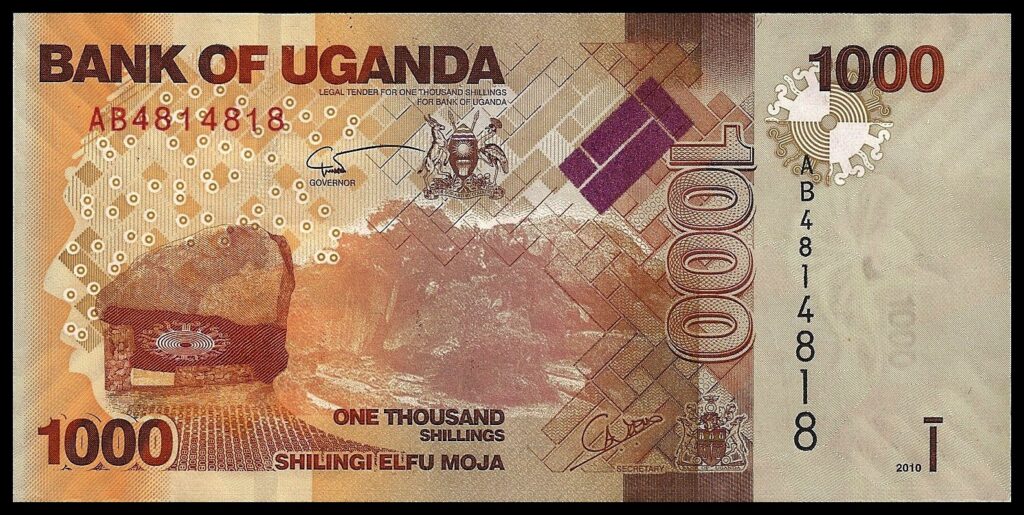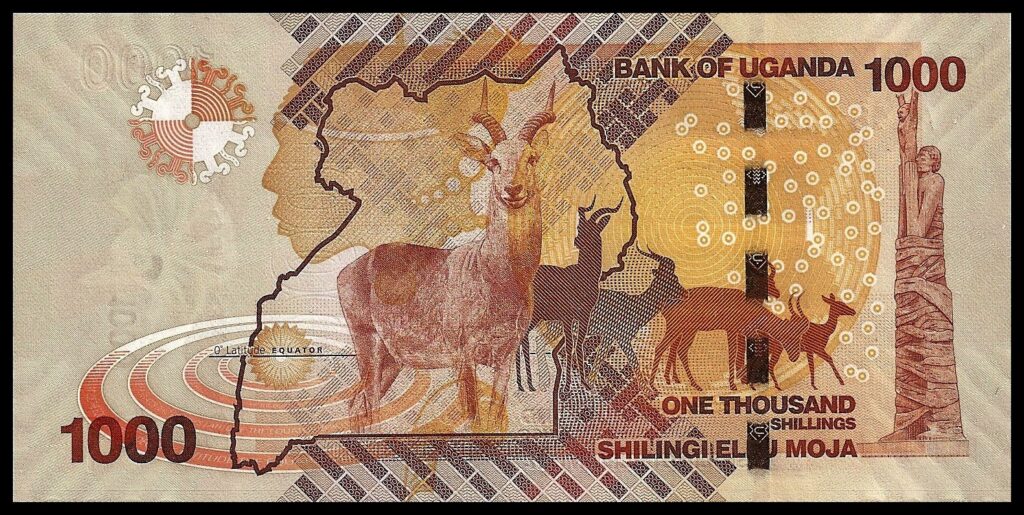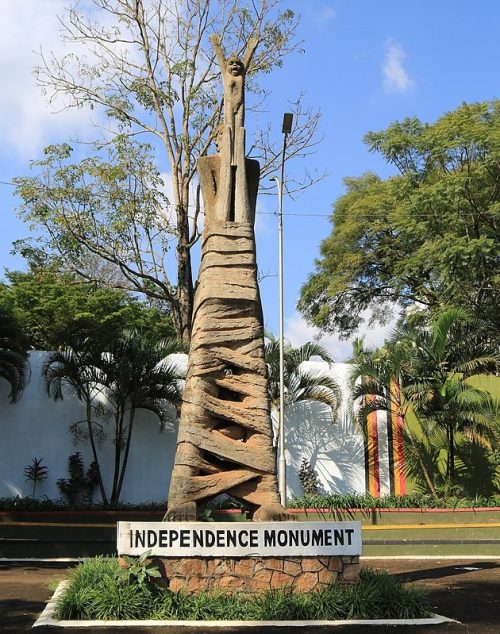Uganda
Nyero Rock Paintings


The most important rock art site in Uganda, the Nyero Rock Paintings, is located about 150 Miles (240KM) north of the Ugandan capital Kampala, halfway between the towns of Ngora and Kumi. This site was first documented in 1913 and has six smaller sites which have ancient rock artwork on them. These sites are now known as rock shelters, but the native communities in the area who had known of these from long ago called them shrines, attesting to the religious aspect they hold. The dating of the Nyero Rock Art is estimated to have some art that is 3,000 years old to others that can be as much as 12,000 years old. Unfortunately, many show considerable erosion due to weather and age.
The researchers had first thought that the Nyero rock artworks were the product of the San Bushmen, whose rock art in Southern Africa is well known. That hypothesis was soon proven to be false, as there is virtually no evidence of the San being in the area and the artwork and methods were more in line with the Batwa people, who are generally accepted as the ancient artists. The Batwa at the time were hunter-gatherers whose ancestors had been in eastern-central Africa, but have now mostly settled in small areas near the Rwandan border. The Batwa were one of the first people to inhabit the jungle area near Nyero, and were known as the Forest Keepers.
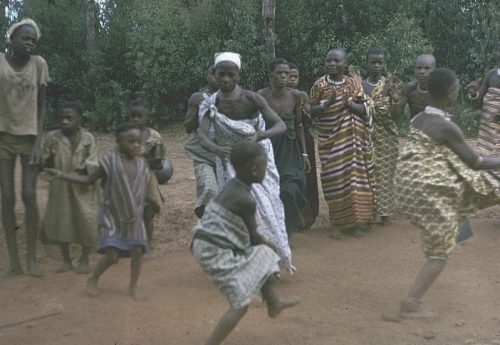
There is an origin story concerning the Batwa, in which a man named Kihanga had three sons named Katusi, Kahutu and Katwa. The father knew that he was getting old and one day he decided to test which son was the most responsible, so he gave each of his sons a gourd of milk to guard through the night. Come morning, the father checked with his sons to see how their milk gourds faired through the night. Katusi’s gourd was still full of milk, while Kahutu’s gourd was only half full, and Katwa’s gourd was empty.
Kihanga was a good father and continued his teaching by giving each son a gift according to how well they did. So, to Katusi who had the full gourd, was given all the cattle his father owned, a guarantee that Katusi and his family would prosper. To Kahutu, with the half-full gourd, was given the father’s hoe and seeds, a guarantee that he and his family would also prosper in the years to come. To Katwa, with the empty gourd, the father gave to him the forest in which he and his family would be able to survive by hunting and gathering wild fruits and vegetables throughout their lives. It is the descendants of Katwa who became known as the Batwa People.
Today, the Batwa population is small, with a recent estimate of about 4,000 people living within 39 villages. Due to the conservation efforts to protect the local gorilla population, two national parks, the Bwindi and the Mgahinga, were created in the early 1990’s. As a result of the forests being protected, the Batwa ‘Forest Keepers’ have been evicted from the forest with no compensation of any kind. Without land, homes, or a history of skilled labor, the Batwa have been largely reduced to surviving by finding menial labor when available and begging.

The Sunday Star newspaper in Washington D.C. in 1934 printed this article where the author highlights his gorilla adventures with Batwa guides, who are now forbidden in the forest.
The Nyero Rock Art sites have six painted panels, one at each of the Rock Shelters, or Shrines as the Batwa called them. The oral tradition tells of people throughout the region making journeys to these sites to leave offerings of food and drink, hold ceremonial celebrations and perform ritual observances. Each of the six sites may have had a different use to those in antiquity, but today we can only conjecture as to what those may have been through the images left behind. Unfortunately, there are not many photographs to be found online that really show the artwork, and I must suffice with only a couple of them here.
Nyero 1 site:
This is a smaller site which was only painted in white. It consists of a series of six concentric circles which hold a painted flower and what researchers have called an acacia pod.
Nyero 2 site:
This site is considered to be the main site and has over 40 painted images in the large rock panels and on the rock overhang. While many have degraded over time and are unidentifiable, there are several surviving including many concentric circles, images that are shaped like canoes, curved shapes like the letter U, lines and dots.
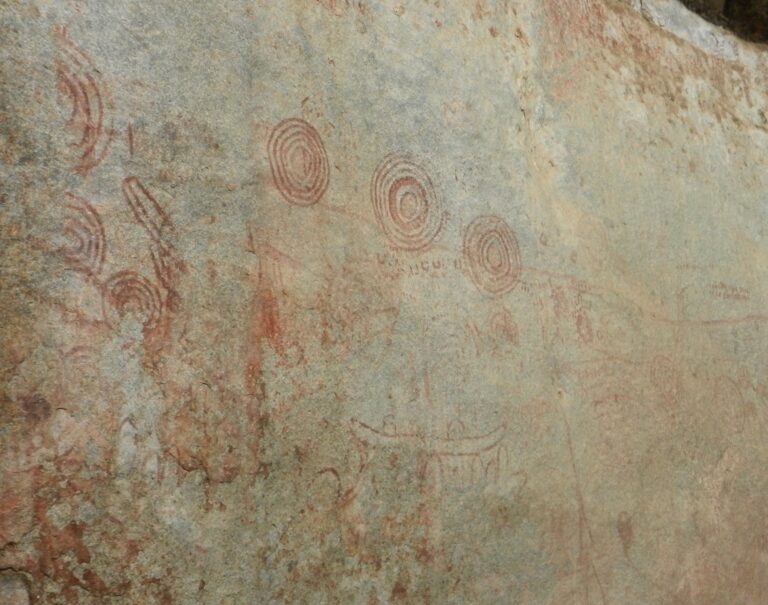
During an excavation in 1945, it was at site 2 that a bone was found with three concentric circles and four lines carved into it as well as pieces of ochre that was used in paint.
The local population still maintain a tradition of leaving money offerings at this site when they believe that the ancient spirits have been kind to them.
Nyero 3 site:
This rock shelter has the form of an ancient dolmen in that a large boulder is supported by smaller rocks. This site is very low, and visitors must crouch or crawl through this to see the paintings. Here there are more white concentric circles with the outer circles being embellished with curved designs separated by doubled lines. This is the image found on the Ugandan 1,000 Shilling note issued in 2010.
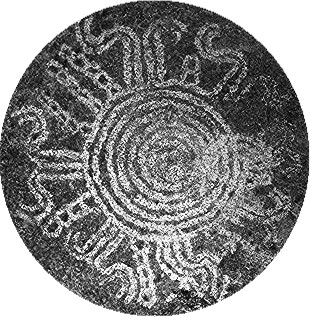

Nyero Rock Art at site 3 and the image of this on the Ugandan banknote.
Nyero 4 site:
Another small site with two cone shaped images with lines and some concentric circles painted in red ochre.
Nyero 5 site:
The paintings at this site have been damaged by time and weather, but the remnants of red ochre paint can still be seen to the degree that the researchers could tell that they were painted with fingers as well as using some type of brush.
Nyero 6 site:
This site is located higher that the rest and offers a sweeping view of the area. It has two red ochre circular/oval images and lines with right angles to them like an L or 7. There is a cross with a circle below it as well.
The Nyero Rock Art site is currently on the Tentative List of the UNESCO World Heritage Site. When visiting the site, it is mandatory to pay for a guided tour as well as paying an additional fee for use of cameras. The estimated entry fees are reported to be less than US $20.00.
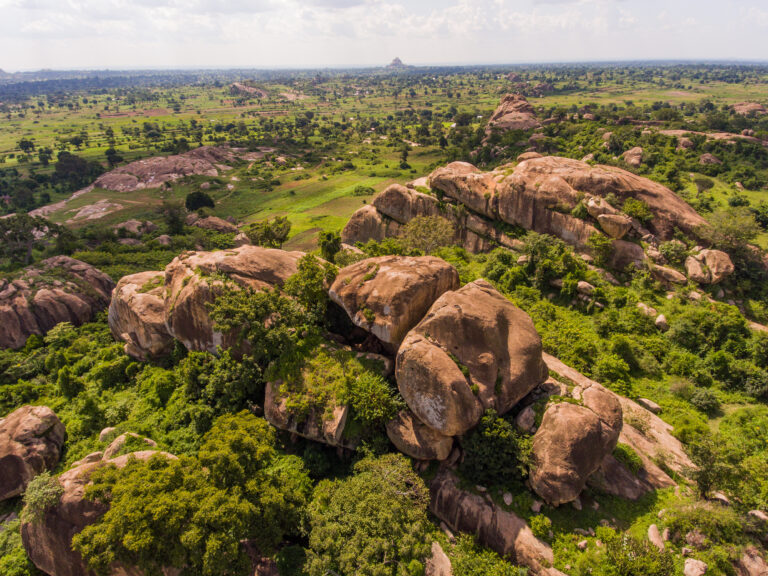
While the importance of the gorillas near the Nyero Rock Art sites is significant, the government’s treatment of the indigenous Batwa seems to have been harsh. Regarding the methods used to protect the cultural, anthropological, and ethnographic histories of the Nyero site, one must wonder at how the future generations will look at the current government’s treatment of the modern Batwa population.
